The Secret of the 7 Breaths
The Essential Foundations
A course designed for all those who already have circular breathing and who want to:
- Master the 7 circular breaths – the essential step to transform their playing
- Develop a deep awareness of the mechanisms of circular breathing in order to break free from automatisms
- Refine their technique and reach exceptional precision in their playing
- Increase their speed through the mastery of Wobbles (a technique linked to circular breathing)
Remember that day when you finally achieved circular breathing. Like a switch flipping, something unlocking.
And you tell yourself, « That’s it! I think I’ve got it! ».
You can hardly believe it, and yet you can’t stop anymore. Everything becomes more fluid. You let yourself be carried by the vibration.
Every player remembers this profound change. And it’s only natural, because circular breathing is at the heart of the didgeridoo. It brings the breath, the rhythms, it gives life to your playing. It is movement itself.
Everyone agrees on this. Proof of it is the obsession of beginners (and I completely understand them) with learning circular breathing!
And yet…
I am still surprised at how many players are unaware of the mechanisms behind circular breathing. It’s as if we were skipping over THE single most important mechanism of the didgeridoo.
What a mistake!
Circular breathing shapes your playing like no other technique. Not being aware of it would be like driving with your eyes closed… It’s not without risk!
But let’s go back to that memorable moment when you first discovered it.
Carried by your enthusiasm, you played a lot. Again and again.
Your circular breathing grew stronger, more stable, more reliable. With each inhale, you anchored it a little deeper within yourself. You made it your own.
The rhythms took hold. You felt increasingly comfortable and enjoyed playing regularly.
And then, slowly but surely, the rhythms started repeating themselves. At first, it wasn’t a big deal because the joy of playing was still there. But over time, you ended up going in circles and found yourself in front of your screen reading these lines.
Don’t panic. You’ve simply fallen into a trap.
You locked yourself at home, with your circular breathing. You built habits, found your reference points, and cut yourself off from the world.
In short, you traded adventure and the thrill of discovery for a comfy couch and a big TV! 😋
From my experience, I’ve seen that most players only use one or two of the 7 continuous breaths…
But don’t worry! You are far from being the only one in this situation. Almost all players are the same (even pro players!). Just take a look on YouTube and you’ll see for yourself.
YouTube, the Observatory of Breath
Mitchell Cullen
I’ll let you watch these three videos. Pay close attention to their playing and note what stands out the most. Don’t overthink it—just notice what comes to you. Also, listen for the moment when they inhale.
I’ll see you right after for the analysis.
Have you noticed Mitchell’s breathing?
What does this breathing teach us?
The ON is THE most dynamic breath in didgeridoo playing (lesson 8). It’s no wonder Mitchell, whose playing is lively, chose this breath (most likely unconsciously).
It is very often combined with shouts and/or over-vibrations. And above all, it almost always occurs at the end of a phrase. Replay the videos and observe the placement of his breathing.
Mitchell developed his style (like many Australians, in fact) with this breath. More than four years separate the first and last videos, yet his playing has remained consistent.
If Mitchell wants to change his habits, he will have to modify his breathing. For example, he could use it less aggressively to move toward more flexibility…
…Exactly like Jeremy Donovan does, whom I’ll introduce to you just after!
Jeremy Donovan
Have you noticed Jeremy’s breathing?
It’s undeniable—Jeremy’s playing is calmer than Mitchell’s! He plays long harmonic drones that are naturally very soft, giving him a full, rich sound.
He uses his voice, but it tends to be lower and slower.
We could summarize Jeremy’s style as meditative…
…And it makes sense, because he uses THE most flexible breath of all: the “WON.”
What does this breathing teach us?
The “WON” is a breath that could be described as passive (lesson 2). It symbolizes letting go. You let the sound carry you; it guides your playing rather than the other way around.
It is often used in harmonic drones (like Jeremy plays), with rather slow rhythms.
If Jeremy were to add a bit more energy to his “WON,” he would move toward Mitchell’s style. In fact, that’s what he begins to do in this video. However, I don’t think he’s fully aware of it, so the change isn’t obvious.
On the other hand, if he accelerated it, he would evolve toward “WA,” like Ash Dargan’s playing below.
Ash Dargan
What does this breathing teach us?
Conclusion: Breathing shapes our playing!
If you watch all the YouTube videos of these players, I can assure you that you will find the same breaths and the same qualities.
Do you now see a little more of what I mean?
In reality, we are all trapped in our habits!
And that’s why, with this courses, I offer you a way out.
Break your chains and set out on an adventure
We’re going on a journey, and I’ll be with you.
I have never stopped mapping the universe of the didgeridoo. I’ve spent years understanding and exploring this wonderful world.
It is vast.
And I’m happy to be able to share part of it with you in this training.
However, be careful—the journey I’m offering is not trivial. Challenging your habits is never easy, and you’ll need to arm yourself with a lot of courage.
But if you accept the challenge, you will discover a world where each breath has its own character and lives in harmony with its sonic ecosystem.
Some are slow, others fast. One will favor softness, while another will thrive in speed. One will live among attacks and sharp sounds, while its neighbor will be versatile and camouflaged.
The 7 breaths have so much to teach us.
The whole art lies in letting them come to us, so we can better observe them and perhaps even learn to tame them.
How does the training work?
Once registered, you get access to the videos
The Secret of the 7 Breaths contains 116 videos organized into 12 lessons. The course content is accessible on Wakademy. Access is simple and user-friendly.
Everything has been designed to make learning easier for you.
I answer all your questions
Every teaching brings up questions, and it’s perfectly natural for you to have them. Under each lesson, a space is provided for you to ask me anything.
Generally, I respond within 24 to 48 hours (a bit longer during workshops, as I can’t be everywhere at once!).
Send me your videos and receive my personalized advice
Detailed Program
THE SECRET OF THE 7 BREATHS
Master the seven breaths and finally break free from your conditioning
- Prerequisite: circular breathing
- Total duration: more than 8 hours
- Number of videos: 116
- Number of lessons: 12
- Audience: intermediate/advanced level for taking your technique much further
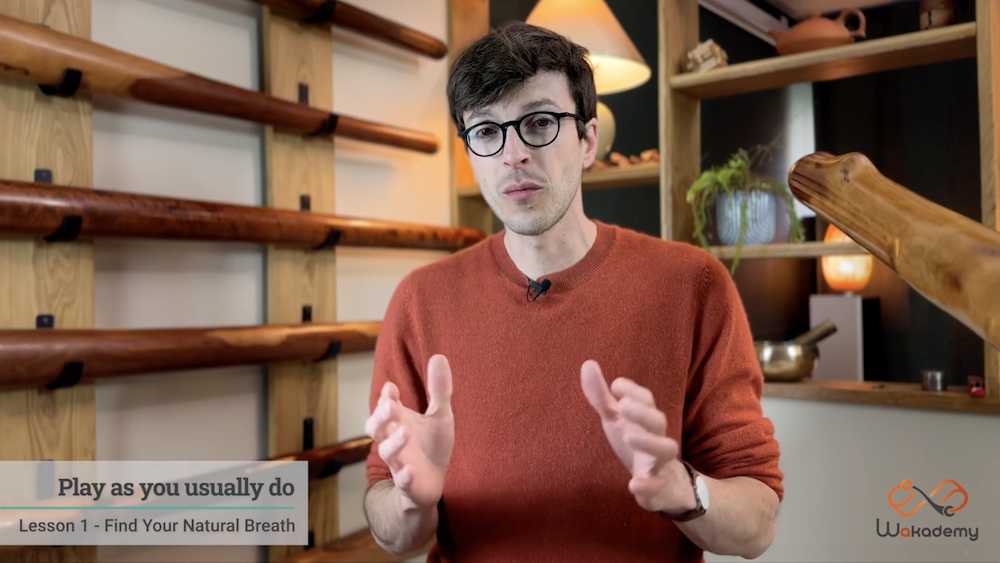
Determine your natural breathing
In this lesson, you will learn to:
- Locate yourself within the world of circular breathing
- Discover the 7 breaths and begin to understand them
- Differentiate between the different breaths and find your bearings
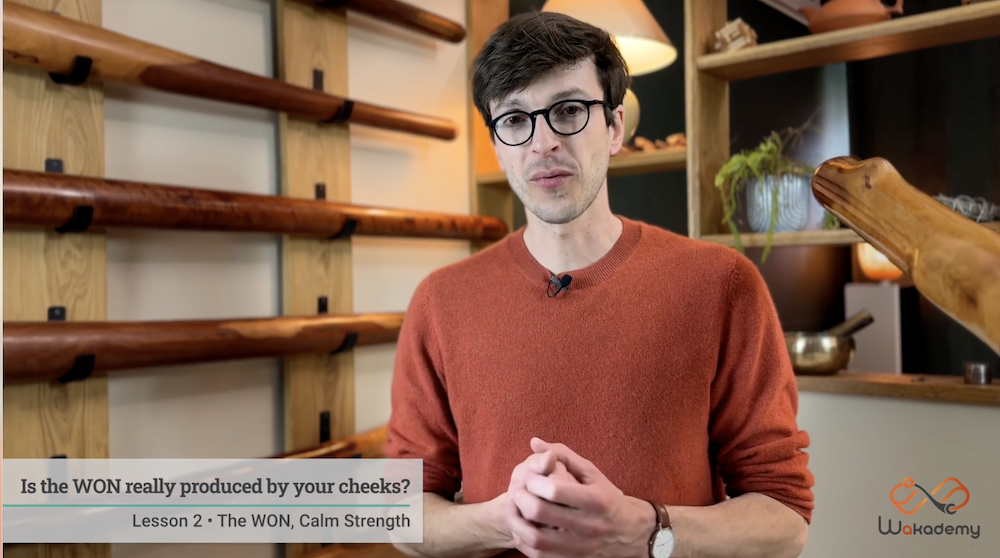
Lesson 2 – The WON with the Cheeks
The Perfect Letting Go
In this lesson, you will learn to:
- Break the myth of cheek-based breathing (!)
- Connect with the softest, most flexible breath
- Relax and let go—feel the flexibility of your cheeks, but not only!
- Discover that circular breathing can be gentle and require no effort
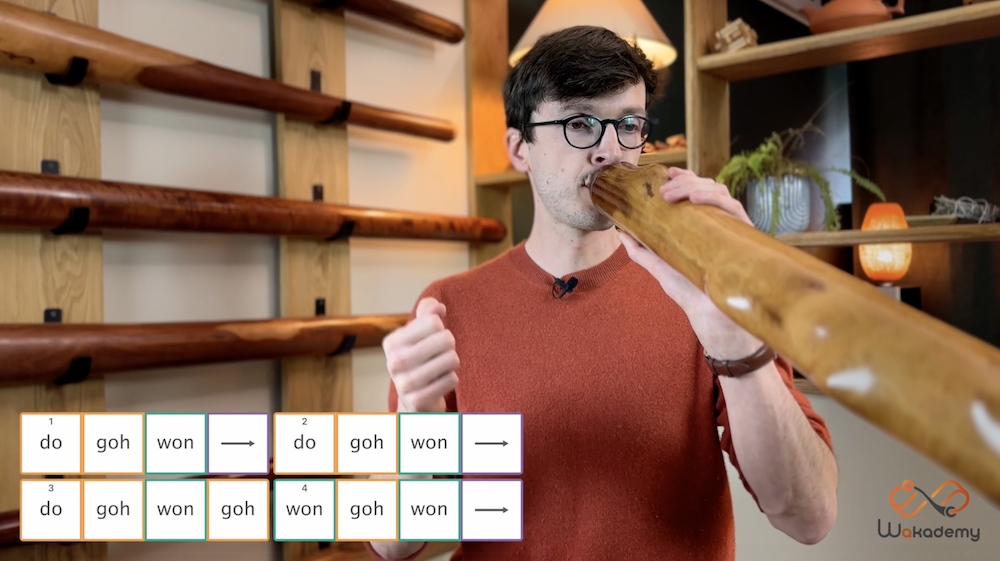
Lesson 3 – The won without the Cheeks
A Transitional Breath
In this lesson, you will learn to:
- Stop using your cheeks to inhale
- Differentiate between your tongue and your cheeks, which isn’t always obvious during circular breathing!
- Maintain flexibility in your playing while adding more dynamism
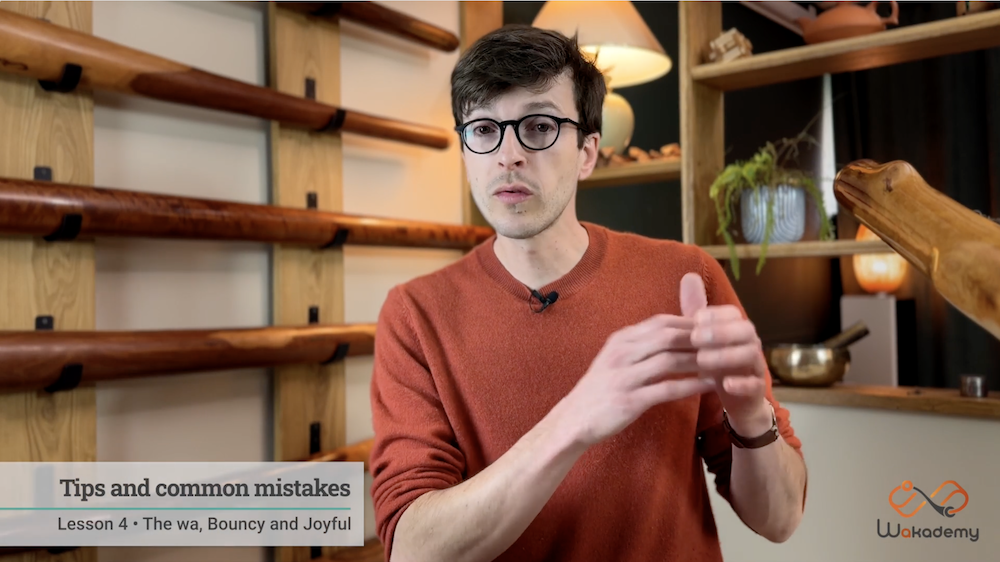
Lesson 4 – The wa with the Tip of the Tongue
Dynamism and Intention!
In this lesson, you will learn to:
- Develop a dynamic, dry, and powerful breath
- Play a punchy wa to give impact to your rhythms
- Perceive the fundamental differences between the different breaths
- Understand that a small wa cannot be slow and naturally encourages speed!
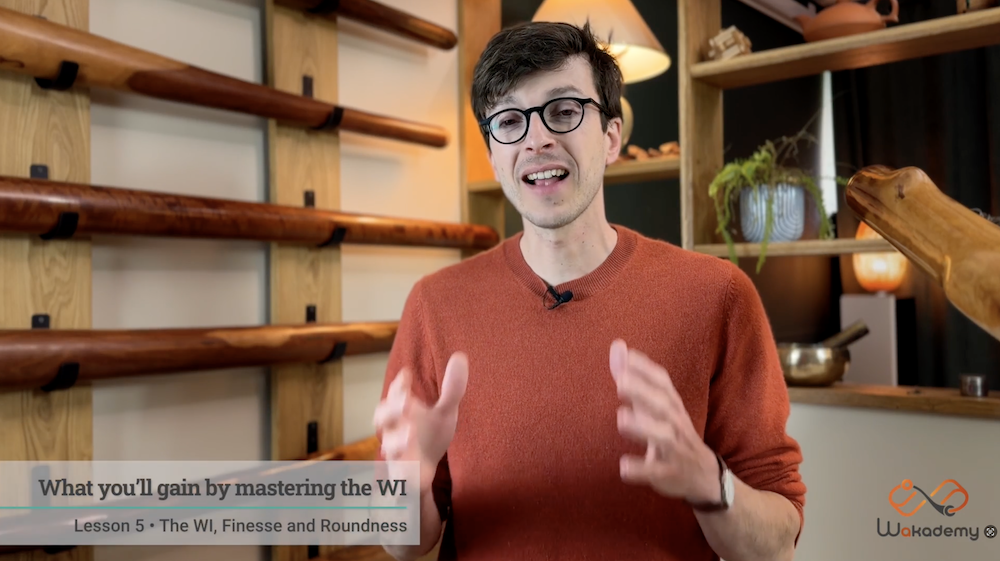
Lesson 5 – The WI, Jaw Breath
The Best of Both Worlds
In this lesson, you will learn to:
- Break the myth of jaw-based breathing
- Play with flexibility while being extremely precise
- Use your cheeks to mask and shape the sound
- Be dynamic without having to force
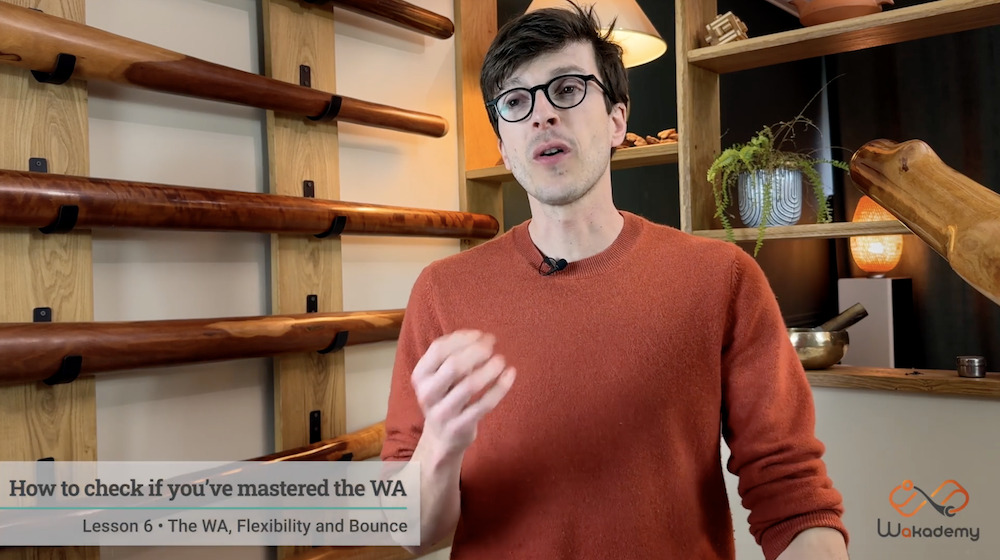
Lesson 6 – The WA with Cheeks
Flexibility and Bounce
In this lesson, you will learn to:
- Combine the flexibility of your cheeks with the dynamism of the sound
- Understand what triggered the “WA revolution”!
- Energize your cheeks to create a bouncing breath without being aggressive
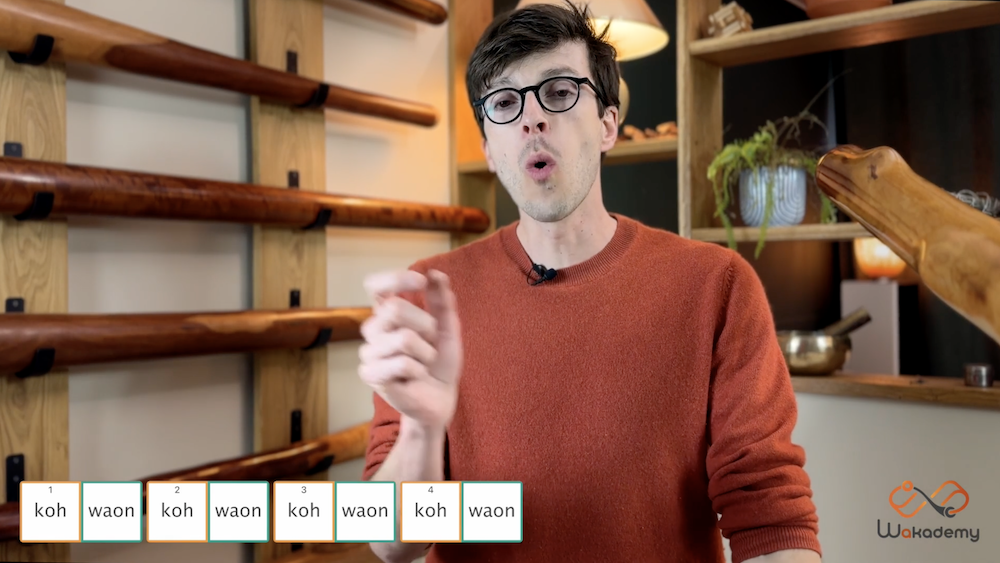
Lesson 7 – The waon
The All-Purpose Breath
In this lesson, you will learn to:
- Master the most abstract breath of all
- Feel that control is essential when transitioning from one breath to another
- Prepare to move from a world of single breaths to a world of constant transition
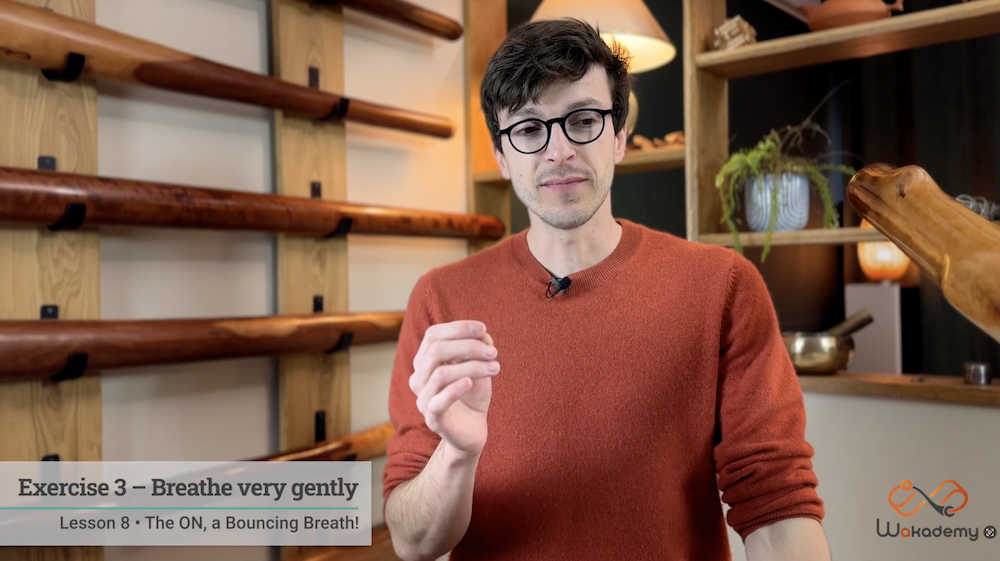
Lesson 8 – ON, The Bounce breathing
The Union of Bounce
- Unravel the mystery of the bounce breath (which is far from what most people think)
- Develop your bounce within a single breath
- Create a unified sound where there could be several

The Circle of Breaths
In this lesson, you will learn to:
- Gain a great perspective and see the bigger picture (surprise guarantee)
- Understand that everything is connected and can be summarized in a single, simple, and playful diagram
- Move around the circle of breaths
- Step out of your own breath to realize that everything is movement
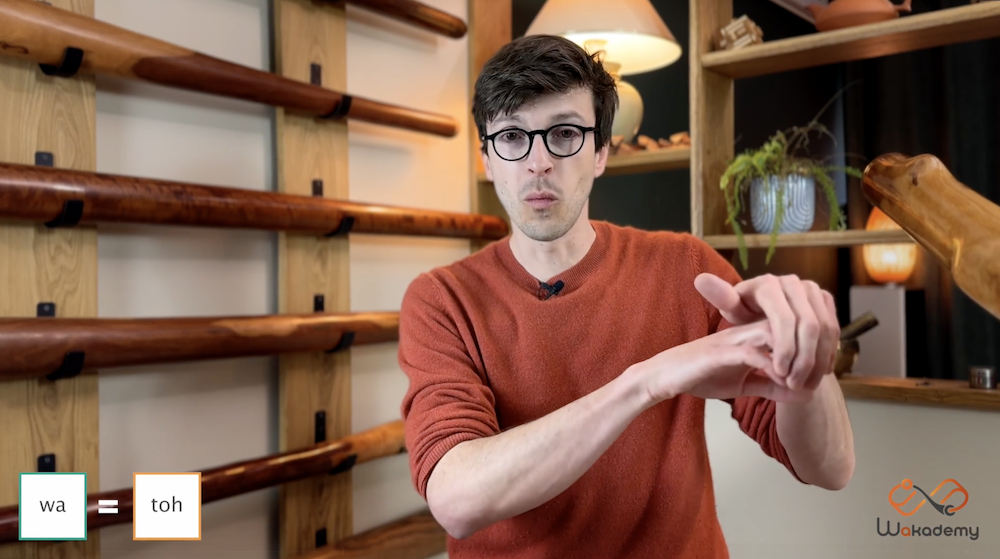
Add Bounce to Your Rhythms!
In this lesson, you will learn to:
- Add dynamism to your rhythms
- Understand that a single technique explains the interdependence of breaths and attacks
- Propel your phrasing forward with real power in the sound
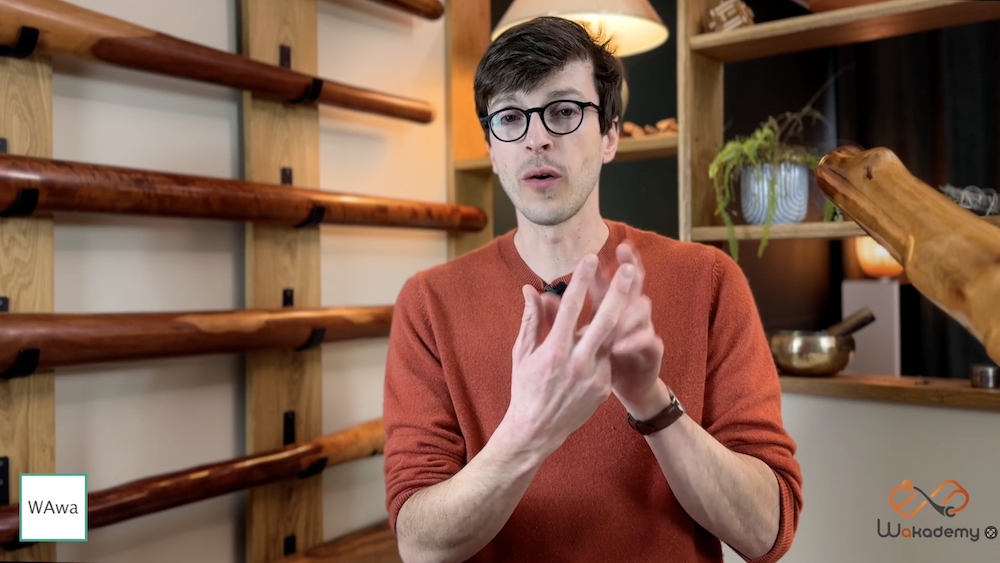
The Path to Speed
In this lesson, you will learn to:
- Play wobbles to continuously push the limits of speed
- Understand that there is an infinite variety of wobbles, entirely dependent on the breaths you master (or don’t)
- Slow down wobbles to break them down and better understand them
- Break free from your habits through the path of speed
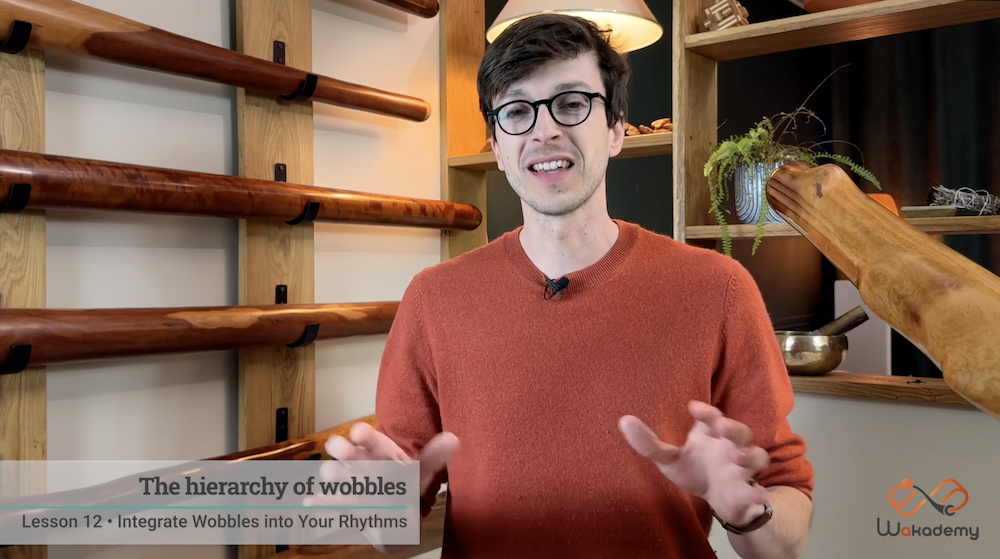
Lesson 12 – Breaths, Wobbles & Rhythms
An Infinite Possibility
- You will learn the hierarchy of wobbles, and you’ll then understand just how limitless they are.
- Enrich your rhythms with limitless combinaison of breathing and wobbles
- Gain groove and rhythmic richness by working closely with your breath
- You will never play the same rhythms again!
But that’s not all!

Send a video every month (for 6 months) and receive my audio feedback!
With the video accompaniment, you can send me a video of about 1 minute 30 each month (for 6 months). I then respond with audio feedback, where I “correct” you and guide your progress.
With this accompaniment format, you are guaranteed to be guided and supported in your learning. The one-month interval gives you time to practice the exercises while keeping the next video in mind, providing motivation!

Bonus 2 – Questions/Answers
I answer all your questions
I’m not interested in just selling you a video course without any follow-up. That’s why I commit to answering all your questions for one year.
You can ask your questions under each video, so your inquiries and my answers will benefit all other members following the course.

€30 Discount on a Masterclass
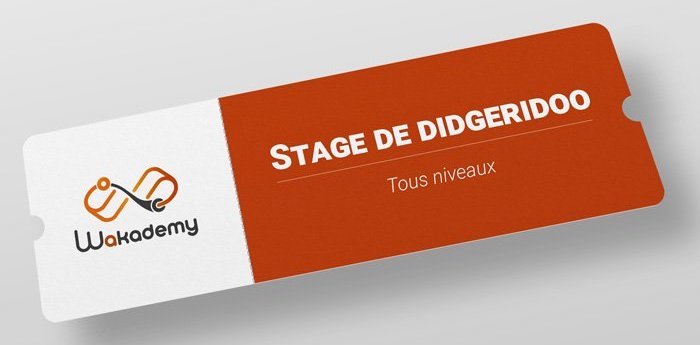
They followed The Secret of the 7 Breaths

5/5










With The Secret of the 7 Breaths, you will finally:
- Break free from the stifling grip of habits and play with more enjoyment
- Explore new sounds and create rhythms you’ve never imagined
- Develop a fluidity and flexibility in your playing that will surprise you
- Escape the vicious cycle of repetitive rhythms
- Fully master your didgeridoo and feel the full power of your breath
Sign up and
start the lessons right away!
- Lifetime access
- 12 progressive lessons
- 116 videos
- More than 8 hours fo duration
- 1 year of Q&A
- 6 video accompaniment sessions
- €30 discount for a Masterclass
And if you want to go even further, discover the course bundle!
Courses Bundle
+ the course “The Art of the Didgeridoo”
- Lifetime access
- “The Secret of the 7 Breaths” + All the bonuses
- The Full course: “The Art of the Didgeridoo”
- 247 videos!
- More than 13 hours fo duration
- 1 year of Q&A
- 6 video accompaniment sessions
- €30 discount for a Masterclass
One-time payment
The secret of the 7 breaths + The art of the didgeridoo4x Payment, no fees
The secret of the 7 breaths + The art of the didgeridooOne-time payment
The secret of the 7 breaths + The art of the didgeridoo4x Payment, no fees
The secret of the 7 breaths + The art of the didgeridooQuestions/Answers
How long do I have access to the course?
You have lifetime access to your course. Simply log in to Wakademy to watch the videos online.
Is this course suitable for me?
This course is suitable for people who:
- Any motivated player who already has circular breathing (make sure you have the basics with The Art of Didgeridoo)
- Have been playing for several years and feel stuck without being able to put words on their techniques
- Don’t have teachers nearby, already have some basics, and want to deepen their playing
- Struggle to motivate themselves to play regularly
- Keep going in circles without managing to break free from their habits
- Played 20 years ago and the didgeridoo occasionally calls to them
- Have been discouraged by the lack of structured and consistent teaching
- Want to enjoy playing, simply…
- Those who feel particularly demotivated, because exploring breaths opens up immense possibilities
- People who want to become professional players
I’ve already tried taking lessons, and it didn’t work…
As I mentioned earlier on this page, I also took lessons when I was starting out. I attended workshops too. I have to say that, for the most part, they didn’t help me the most.
I often felt like I wasn’t getting clear explanations.
That’s why I developed my teaching method around concrete observation. I commit to explaining in simple terms how to master all the techniques presented in these courses.
I’m not used to buying online courses
It’s true that signing up for an online didgeridoo course can be intimidating or make you hesitate.
The big advantage of an online course is that it gives you access to exercises and expert advice that you wouldn’t easily find elsewhere, given the very small number of teachers!
It also allows you to progress at your own pace by watching the videos according to your availability.
Moreover, Wakademy was designed to make learning as easy as possible. Simple, clean, and ergonomic, everything has been thought out and optimized.
On the dedicated page, you’ll find all the videos organized by lesson.
Finally, security being crucial on the internet, the entire site is HTTPS, which provides complete encryption for your banking data and login credentials
I can learn the didgeridoo on my own
Sorry Gauthier, but it’s too expensive
I don’t have time to practice
Even if we’ve already talked about the notion of time at the beginning of this page, let’s be honest—learning or improving at a musical instrument requires a minimum of time. And of course, the more you play, the more you progress.
To get the most out of this course, I recommend freeing up 15 minutes per day (or 30 minutes every two days), which comes to just under 2 hours per week.
Within these 2 hours, I count your practice with and without the didgeridoo, as well as following the course through videos, written materials, and podcasts.
You’d be surprised how much you can work on without your didgeridoo.
And finally, if improving on the didgeridoo matters to you, you’ll save time by taking this course. As I explained earlier, all you’ll need to do is apply the exercises I give you.
How do I know if this method works?
Didgeridoo playing is based on the body. Your body is the instrument (I’ll repeat this many times during the courses!).
If you follow my advice, you’ll discover that each sound is a sonic reflection of a part of your body.
I like concrete methods because they can be easily replicated by everyone, which is why I have total confidence in my course and your success.
I’m enrolled in the free circular breathing courses. Do I really need this video course?
More student testimonials

5/5






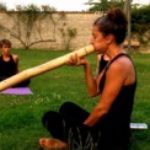
My name is Gauthier, and I am the founder of Wakademy.
You might be wondering who I am to make all these claims! Let me briefly introduce myself.
My name is Gauthier Aubé, and I have been playing the didgeridoo for over 20 years.
I have released three albums, performed numerous concerts, and taught thousands of students around the world. I’ve had the chance to teach and perform in most European countries, all the way to Russia and Taiwan, including Lisbon, London, Budapest, Amsterdam, Berlin, and many more!
Since launching Wakademy in 2018, I mainly conduct workshops in France, Switzerland, and Belgium. Not out of nationalism, but to limit travel in a world that is increasingly fragile.
Offering the opportunity for anyone to learn the didgeridoo online seems like a wonderful alternative.
I have literally dedicated my life to the didgeridoo and work hard to make learning this amazing instrument accessible to as many people as possible.
And that’s the overview!
Try it, and if you’re not satisfied, I’ll refund you.
Everything you will learn in this course comes from over 20 years of research. And I can guarantee that you won’t find this information anywhere else.
I have confidence in my work, but I want to make sure you are happy with your purchase.
So I’m giving you one month to try out the course.
If you’re not satisfied, I will refund you upon simple request by email.
I won’t ask you any questions.
Sign up and
start the lessons right away!
- Lifetime access
- 12 progressive lessons
- 116 videos
- More than 8 hours fo duration
- 1 year of Q&A
- 6 video accompaniment sessions
- €30 discount for a Masterclass




